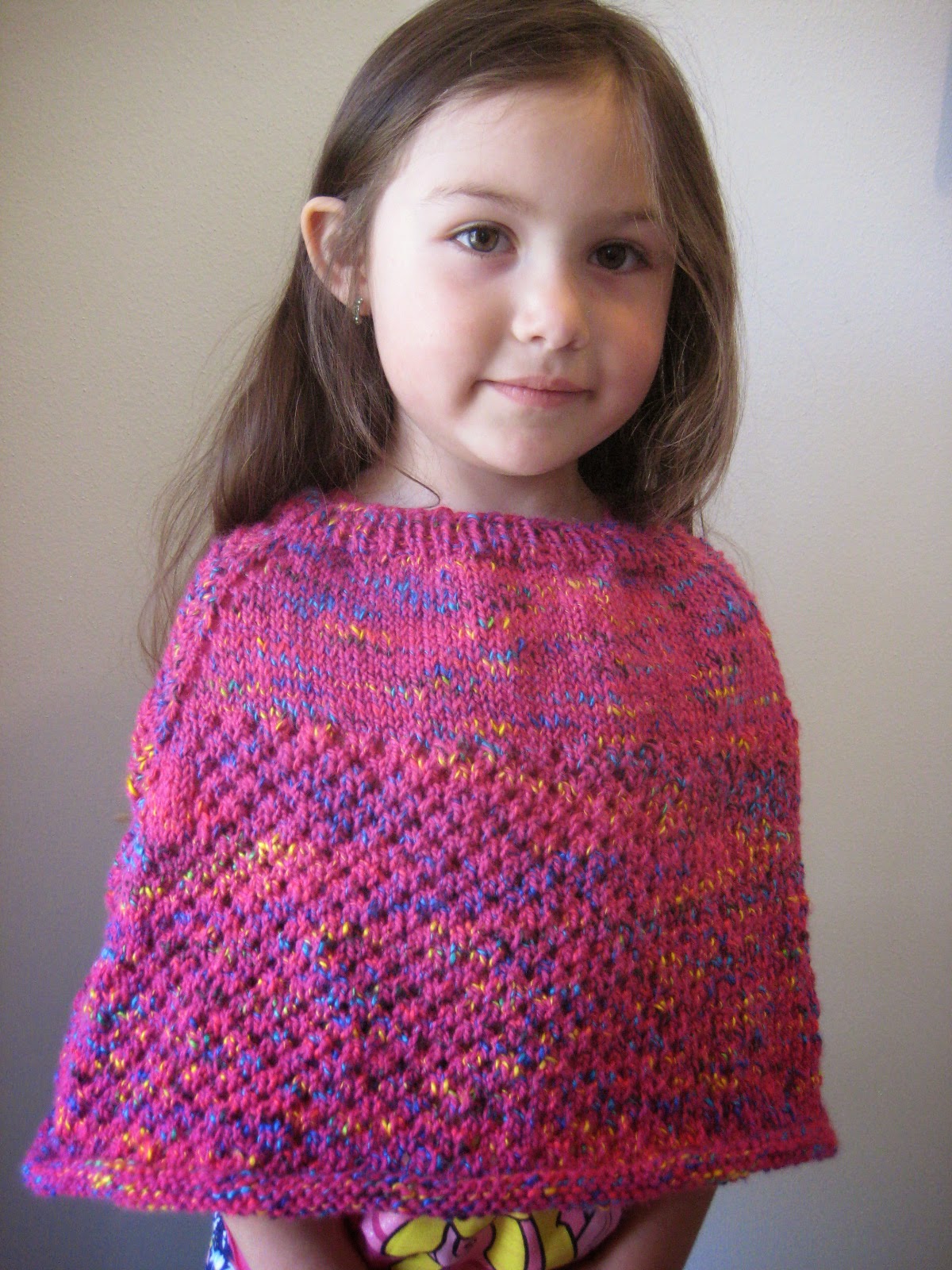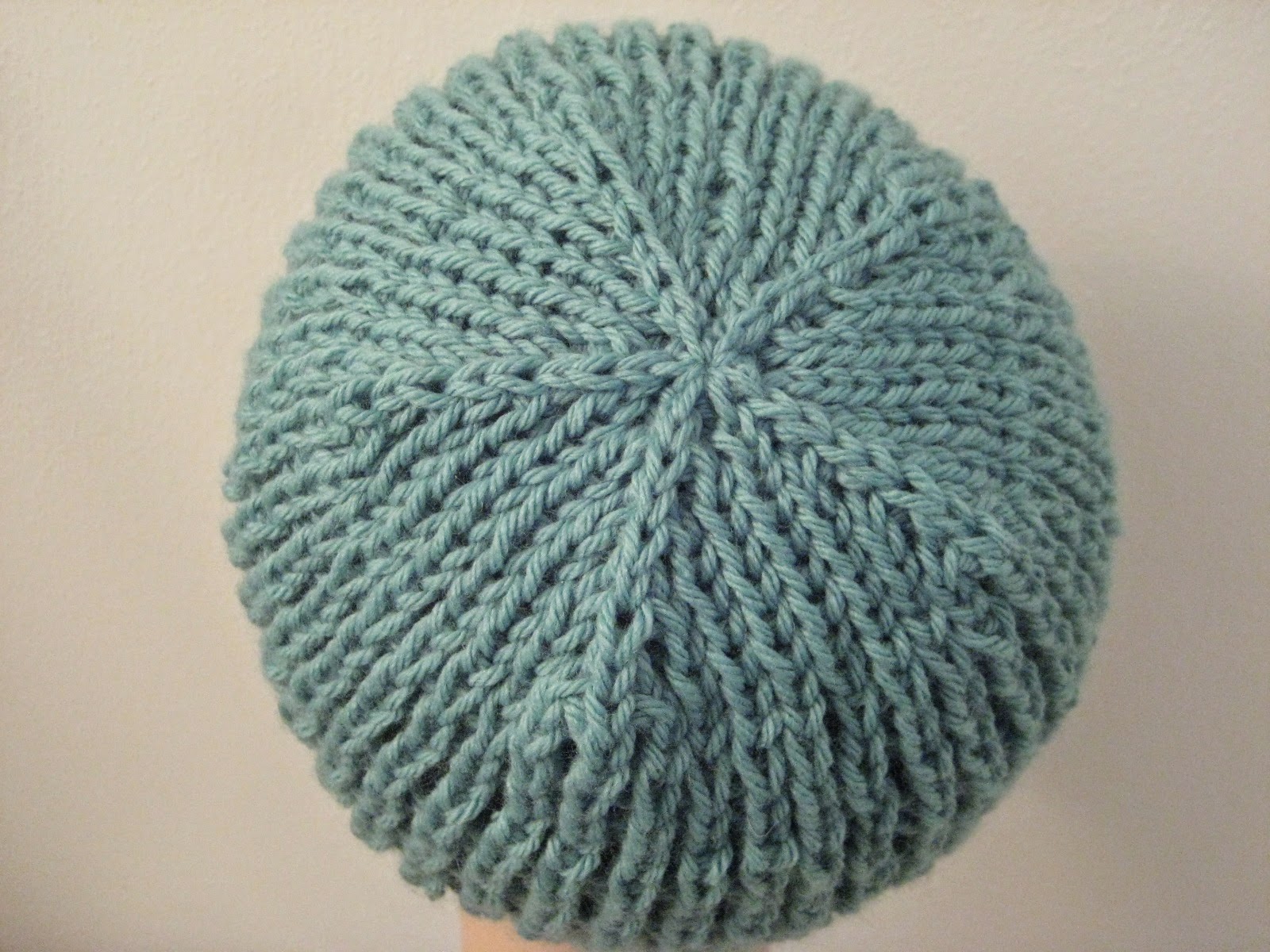 |
| Water Lilies Cowl |
Somewhat unbelievably, even after making the Razor Shell Fingerless Gloves and the Staghorn Fingerless Gloves out of my single skein of Berroco Ultra Alpaca Fine, I still had a bunch left. And because I love to pair variegated yarns with similarly-colored single-color skeins, I thought it would be a perfect opportunity to use up the Crystal Palace yarn I originally bought for the Starry Night Cowl. Long story short, the Water Lilies Cowl uses two sock weight yarns, a slip stitch color pattern, and a simple striped rib to make a nice, closer fitting design whose top portion is entirely reversible, for drape.
 |
| A close-up of the slipped stitch pattern. |
Yarn: Crystal Palace Yarns Panda Superwash (51% Bamboo, 39% Superwash Wool, 10% Nylon; 186 yards [172 meters]/50 grams); #2004 Mint Print - 1 skein (color A), Berroco Ultra Alpaca Fine (50% Superwash Wool, 20% Super Fine Alpaca, 30% Nylon; 433 yards [400 meters]/100 grams); #12177 Kaffir Mix - one skein (color B)
Needles: One 20" circular needle in size 2
Notions: Tapestry needle and stitch marker
Gauge: 30 - 31 stitches = 4 inches in stockinette
Using your color A yarn, cast on 180 stitches, place marker, and join in round. Next, purl 5 rows for the edging. Then, knit one more row. And then, it's time to begin our first pattern, which is Corn on the Cob Stitch from page 54 of Barbara G. Walker's A Treasury of Knitting Patterns. And it goes like so:




















